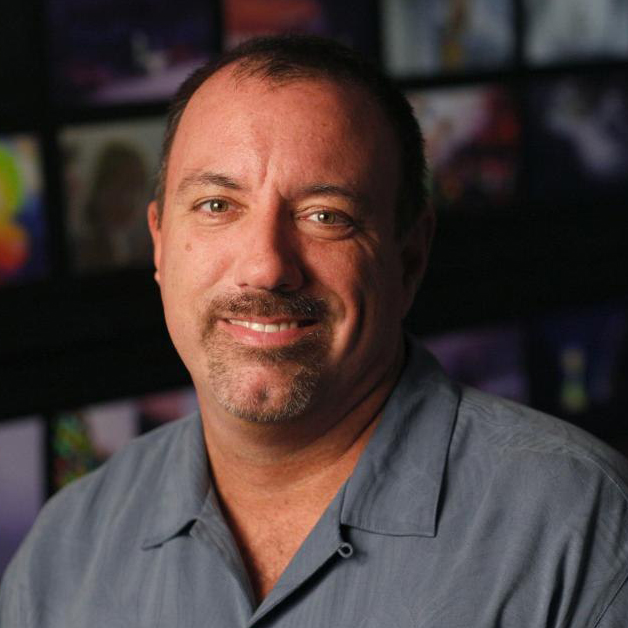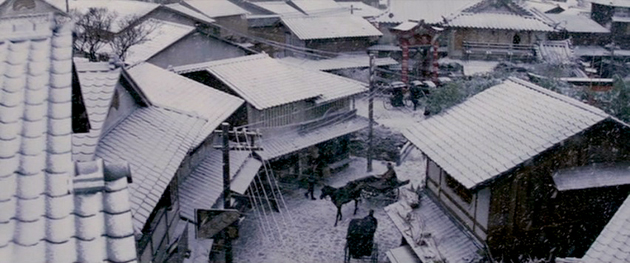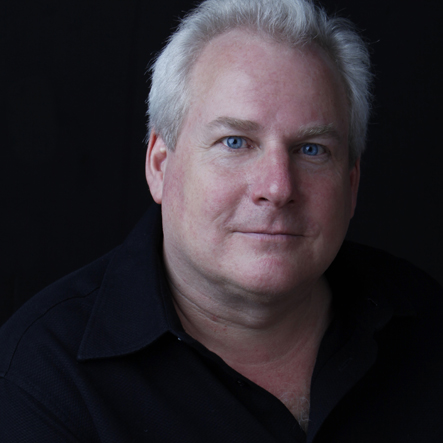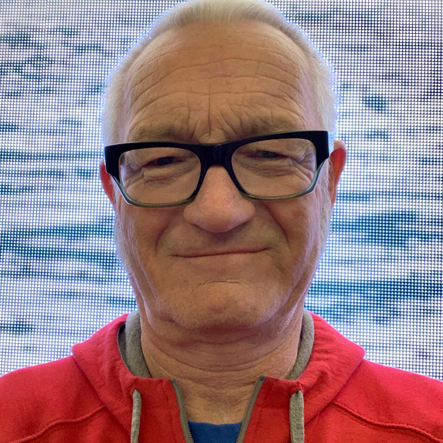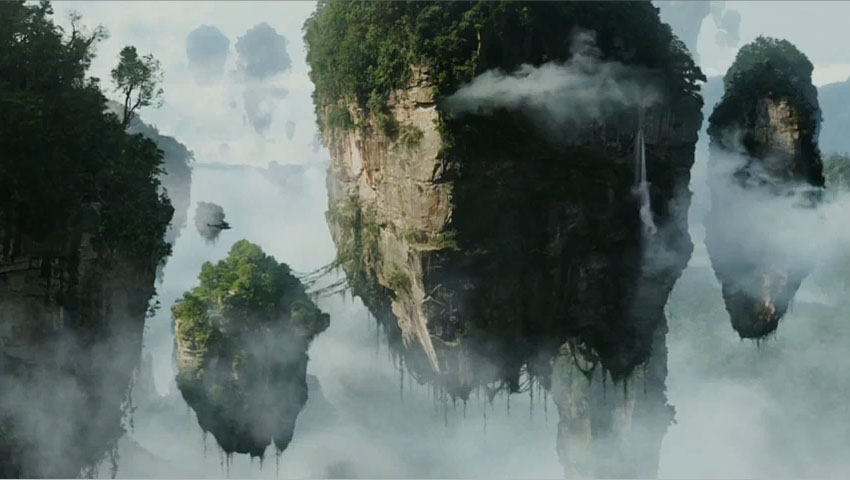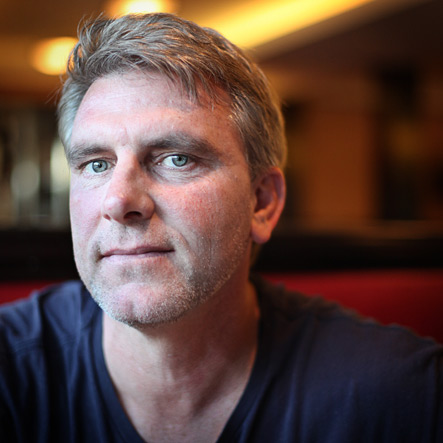
Robert Stromberg won an Oscar as production designer of one of the highest grossing movies of all time, Avatar. His second Oscar came from Tim Burton’s Alice In Wonderland, which has also made over one billion in the box office. A leader in visual effects, he began as a traditional matte painter and now directs.
AS: You’ve said that production designers don’t need to feel threatened by visual effects these days because they’re involved during the physical production of a movie. Whereas traditionally visual effects would only happen in post and the production designer would be long gone.
RS: Sometimes you get a kind director that will keep the production designer involved into post but most of the time the production designer leaves the show right after the physical production is done and then the design part of it actually falls to the visual effects vendor, the visual effects supervisor and the director. They create what goes into those greenscreens and so on. But with the new technology you’re seeing what will be there on the day you’re shooting the physical set. It gives the production designer input and they have a say in what the design should be.
Because I come from visual effects I know how much stuff that I personally designed for movies well after the production designer was gone. That’s why on Master and Commander I created this new role which I called visual effects designer. That was the person who would take over when the production designer left the show and be the mouthpiece for the director and the visual effects supervisor and the vendor. So there would be a creative entity still continuing along into post.
AS: Keeping one design vision.
RS: Yes, and of course respecting what the production designer had done. I was talking to Rick Carter about this. He’s great because not only is he interested in knowing how it all works but he also knows the value of what the new technology can do for you. He’s an old school production designer who obviously knows the nuts and bolts of traditional production design. After working together Rick can now go to another project and have a greater toolbox to play with. It’s not only about what’s going to be inserted later, it’s also about how much to build as a physical set or not.
AS: It affects the resources that you spend on the physical set…
RS: A lot of times the physical sets can be overbuilt. Especially in these days when budgets are constantly being scrutinized and getting smaller, we need to find ways to streamline and accommodate these budget changes. So one way you do that is have a better understanding of exactly how much you need to build or not. It makes a lot of dollars and cents to the studios as well.

